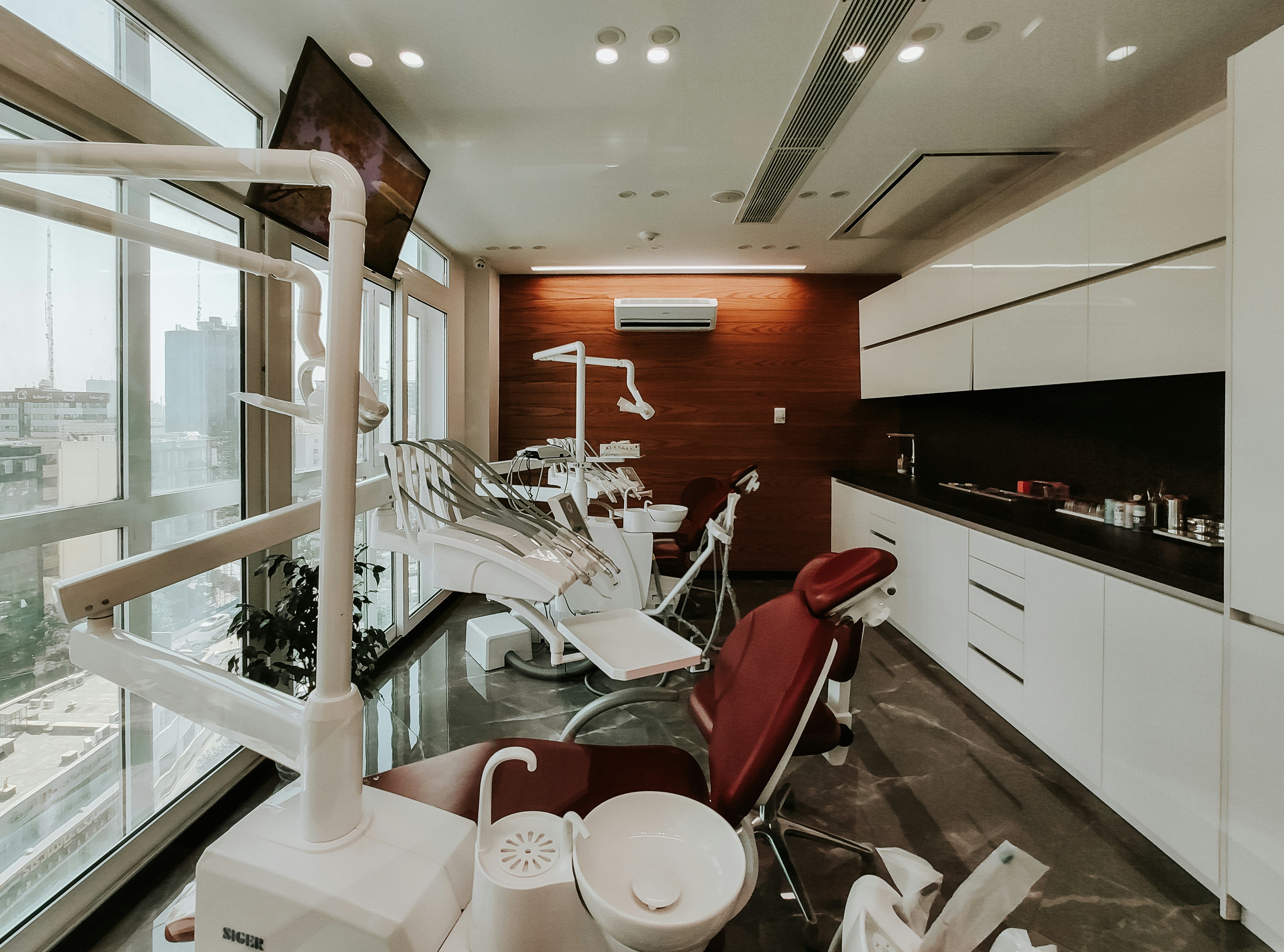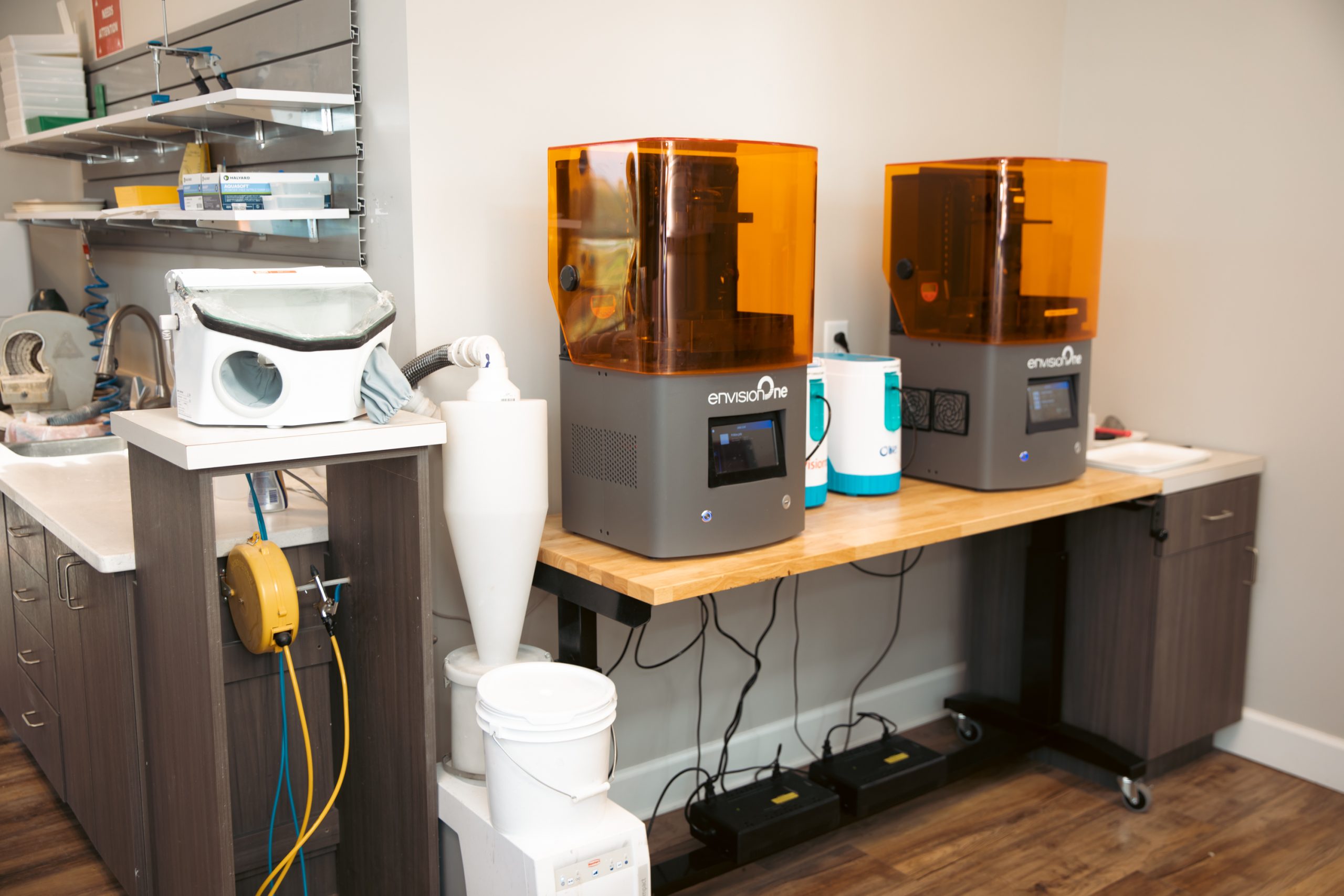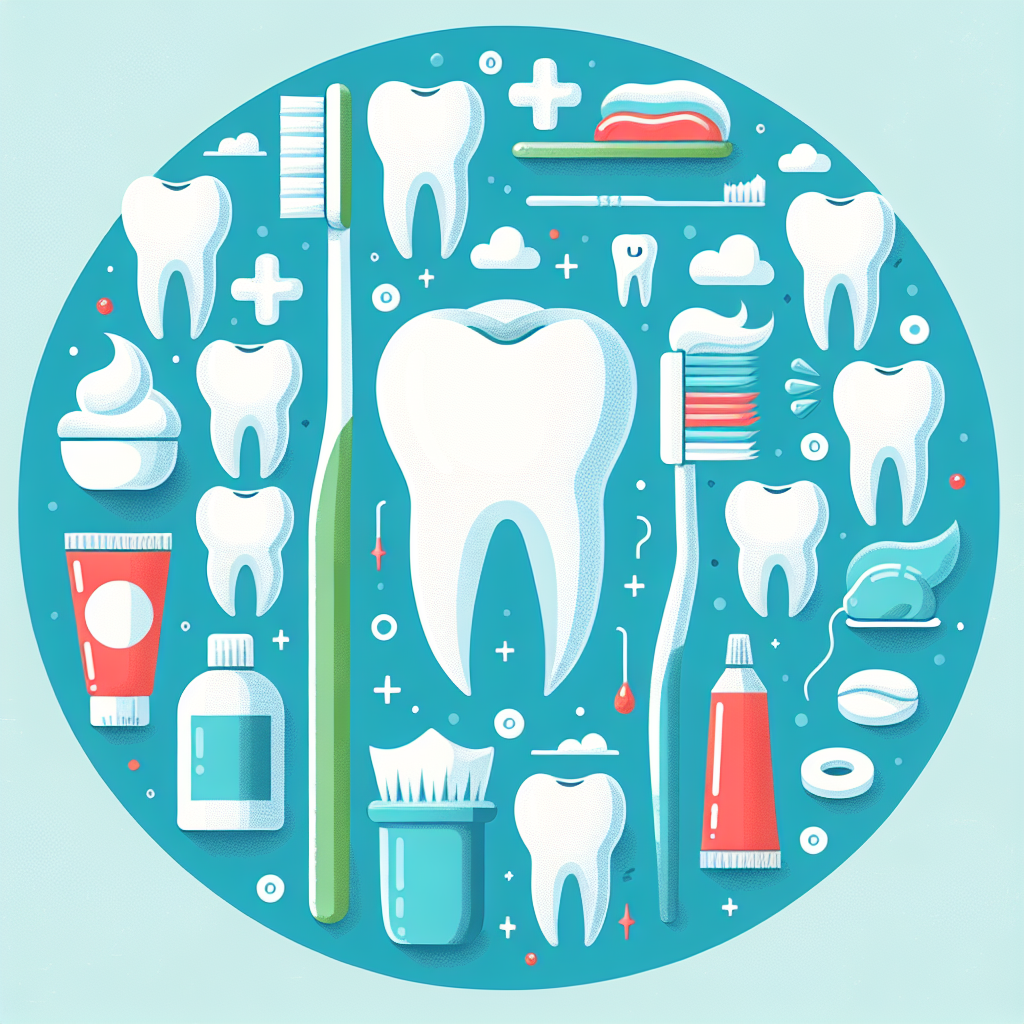Dental implants have revolutionized the field of dentistry. They offer a long-term solution for missing teeth, restoring both function and aesthetics.
The success of dental implants hinges on the materials used. Titanium and Zirconia are the most common choices.
Titanium has been the industry standard for decades. It’s known for its strength, durability, and biocompatibility.
Zirconia, a newer alternative, offers a metal-free option. It’s praised for its aesthetic qualities, resembling natural teeth.
This article delves into the innovations in dental implant materials. It compares Titanium and Zirconia, discussing their benefits and drawbacks.
Whether you’re a potential patient or a dental professional, this article will provide valuable insights.
Understanding Dental Implants and Their Importance
Dental implants are artificial tooth roots, typically made of Titanium or Zirconia. They are surgically placed into the jawbone, providing a sturdy base for replacement teeth.
Implants are crucial for oral health. They prevent bone loss, maintain facial structure, and improve speech and eating abilities. They also offer a more comfortable and stable alternative to dentures or bridges.
The Evolution of Dental Implant Materials
The journey of dental implant materials has been marked by continuous innovation. Initially, a variety of materials were experimented with, including gold and ceramics. However, Titanium emerged as the preferred choice due to its strength, durability, and biocompatibility.
In recent years, Zirconia has gained attention as a metal-free alternative. It offers excellent aesthetic qualities, resembling the color and translucency of natural teeth. This evolution reflects the dental industry’s commitment to improving patient outcomes and experiences.
Titanium Dental Implants: The Traditional Choice
Titanium has been the industry standard for dental implants for decades. Its strength and durability make it an excellent choice for a procedure that requires a material capable of withstanding the forces of chewing.

Moreover, Titanium’s biocompatibility allows it to integrate with bone in a process called osseointegration. This process is crucial for the stability and success of the implant.
Titanium implants typically come in two pieces: the implant that goes into the jawbone, and the abutment that holds the artificial tooth. This design allows for customization of the abutment, which can be beneficial for achieving optimal aesthetic results.
Advantages of Titanium Implants
Titanium’s track record in dental implantology is impressive. Long-term studies show high success rates, demonstrating the material’s reliability.
The two-piece design of Titanium implants allows for flexibility in the restoration process. This can be particularly beneficial in complex cases where customization is key.
Moreover, Titanium’s resistance to fracture and its ability to withstand high occlusal forces make it a reliable choice for patients.
Potential Concerns with Titanium
Despite its many advantages, Titanium is not without potential drawbacks. Some patients may have metal sensitivities or allergies that make Titanium a less suitable choice.
Additionally, in some cases, Titanium implants can cause a grey tint to the gum line. This can be a concern for patients seeking a natural-looking result, particularly for implants in the aesthetic zone.
Zirconia Dental Implants: The Metal-Free Alternative
Zirconia is a newer alternative in the world of dental implant materials. It offers a metal-free option for patients who prefer a more natural-looking implant or have metal sensitivities.
Zirconia implants are typically one piece, which simplifies the structure. However, this design may limit customization options compared to two-piece Titanium implants.
Despite being a newer material, Zirconia has shown promising results in studies. Its aesthetic qualities and biocompatibility make it a viable option for many patients.
Benefits of Zirconia Implants
One of the main advantages of Zirconia implants is their aesthetic appeal. Zirconia is white, resembling the color of natural teeth, which can lead to more pleasing aesthetic outcomes.
Zirconia may also be less prone to plaque accumulation than Titanium. This could potentially lead to better gum health around the implant.
For patients with metal sensitivities or allergies, Zirconia offers a metal-free alternative. This can be a significant advantage for those who cannot tolerate Titanium.
Considerations When Choosing Zirconia
While Zirconia has many benefits, there are also considerations to keep in mind. One is that Zirconia implants are typically one piece, which can limit customization options.
Additionally, while Zirconia has shown promising results, it does not yet have the long-term data that Titanium does. Patients considering Zirconia implants should discuss this with their dentist.
Comparing Titanium and Zirconia: A Side-by-Side Analysis
When comparing Titanium and Zirconia, it’s clear that both materials have their strengths. Titanium is known for its durability and long-term success, while Zirconia offers aesthetic benefits and a metal-free option.
However, the choice between the two often comes down to individual patient needs and preferences. Factors such as the location of the implant, aesthetic concerns, and patient health can all influence the decision.
Here’s a quick comparison of the two materials:
- Titanium: Proven long-term success, high strength, biocompatible, two-piece design allows for customization, potential for grey tint to gums, rare allergic reactions.
- Zirconia: Aesthetic appeal, less prone to plaque accumulation, metal-free, one-piece design simplifies structure, less long-term data available.
All on 4 Dental Implants: Material Implications
The All on 4 dental implant procedure is a full-arch restoration using just four implants. This innovative technique can be performed with both Titanium and Zirconia implants.
The choice of material can influence the final aesthetic outcome and the patient’s comfort. Therefore, it’s crucial to discuss the pros and cons of each material with your dentist before deciding on the best solution for your All on 4 procedure.
The Role of Dental Technology in Material Innovation
Advancements in dental technology have significantly influenced the evolution of dental implant materials. Digital dentistry, for instance, has streamlined the implant planning process, leading to more precise implant placement.
Moreover, the advent of 3D printing technology is reshaping the production of dental implants. This technology allows for the creation of custom implants, enhancing the fit and comfort for the patient.
Making the Right Choice: Factors to Consider
Choosing the right material for dental implants is a decision that should be made in consultation with a dental professional. Factors such as the location of the implant, aesthetic concerns, patient health, and potential metal sensitivities can all influence this choice.
Moreover, the success of dental implants also depends on the skill of the dental surgeon. Therefore, it’s crucial to choose a reputable dental clinic for implant procedures.
Conclusion: The Future of Dental Implant Materials
The future of dental implant materials is promising, with ongoing research and technological advancements. The potential for bioactive and smart implant materials that could promote healing and integration is particularly exciting.
In conclusion, whether you choose Titanium or Zirconia, dental implants can significantly improve your quality of life. Always consult with a dental professional to make the best decision for your individual needs.


